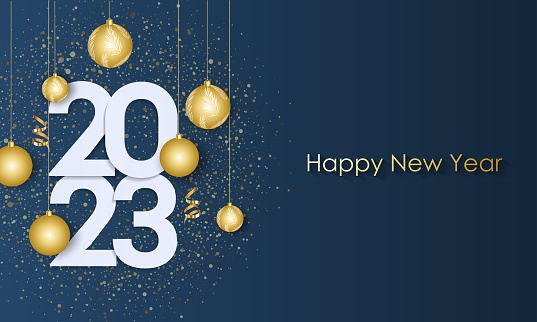The year 2022 is at its last days, and this is a good opportunity for wrapping up the activities of our group, as they occurred within 2022.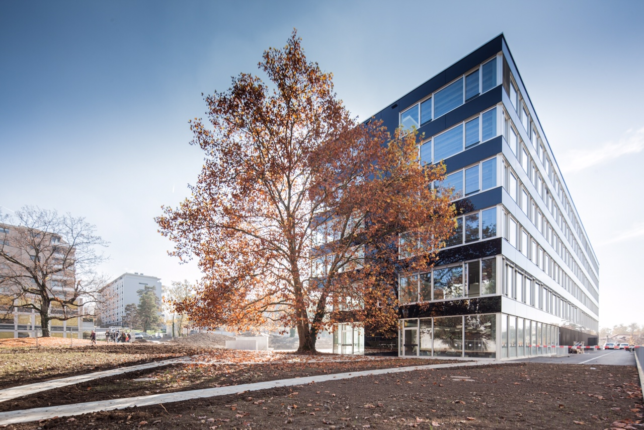
2022 was a very refreshing year for the DMML group, and the following points will justify why!
First and foremost, our team had the pleasure to welcome three new, inspiring members!
 Dr. Nils Schaetti has joined our team this Fall. Nils holds a PhD from the University of Neuchâtel and has both academic experience, as a postdoc at UNIGE, as well as industrial experience. He will be focusing mainly on applied Machine Learning projects, where the team will profit from his experience in bridging theory with application. If you share (at least part of) his passion about A.I., you may follow him on his youtube channel 'Artificialis Code', dedicated in A.I.!
Dr. Nils Schaetti has joined our team this Fall. Nils holds a PhD from the University of Neuchâtel and has both academic experience, as a postdoc at UNIGE, as well as industrial experience. He will be focusing mainly on applied Machine Learning projects, where the team will profit from his experience in bridging theory with application. If you share (at least part of) his passion about A.I., you may follow him on his youtube channel 'Artificialis Code', dedicated in A.I.!
Hervégil Voegeli joined our group as a new PhD student this Fall. In his first days in his team Hervégil completed the defense of his Master's Thesis for his Master's degree in Statistics. Hervégil also holds a second Master's of Science in Economics. Interestingly, Hervégil is not only a Parawan but a Jedi Master as well, as he is an instructor of Aïkido, promoting "the way of harmonious spirit". We can already already feel the Force, Hervégil!

 Soon after the two above mentioned arrivals, we had the pleasure to welcome Imahn Shekhzadeh, our newest PhD student. Imahn graduated from the University of Hamburg in September 2022. In his MSc thesis, he worked on the use of high-dimensional normalizing flows to emulate high-granularity calorimeter showers. This work had a direct relevance for the particle physics community and CERN in particular. Imahn will contribute, with his strong Physics background and his ease with ML, to the recent Synergia SNF project of our group, bridging Geosciences and ML.
Soon after the two above mentioned arrivals, we had the pleasure to welcome Imahn Shekhzadeh, our newest PhD student. Imahn graduated from the University of Hamburg in September 2022. In his MSc thesis, he worked on the use of high-dimensional normalizing flows to emulate high-granularity calorimeter showers. This work had a direct relevance for the particle physics community and CERN in particular. Imahn will contribute, with his strong Physics background and his ease with ML, to the recent Synergia SNF project of our group, bridging Geosciences and ML.
2022 has been a year full of new research projects!
After the approval of the Hasler Foundation, early in 2022, to fund the project proposal "LiBertaS" of Greg, the team had the pleasure to initiate throughout the year further four new research projects. More particularly, the five new projects are:
- EO4EU: a Horizon Europe project, related to Earth Observation, which aims to provide innovative tools that will enable a wide spectrum of users to benefit from EO data.
- Automated Bridge Defect Recognition: an Innosuisse project, focusing on bridge inspection and ML-driven damage detection.
- Learning generative models for molecules: An SNF project (Project funding, division II), on generative modelling within discrete structures.
- MIGRATE: An SNF Synergia project, that deals with three complementary domain: geology, seismology and machine learning.
- LiBertaS: A project funded by the Hasler Foundation, that aims to liberate the access of Location Based Services (LBS) to the highly accurate fingerprinting methods in business practice, by greatly downscaling the data volume needed for their operation.
In addition to these, there are two ongoing project that the team's efforts culminate towards their last year:
- SimGait project, in which we develop machine learning methods for the modelling of pathological human locomotion.
- IAI project, the Innosuisse project in which our team collaborates with ABB, focusing on predictive maintenance.
Some of the new projects can be seen as having a direct link with previous projects. For instance, MIGRATE as a continuation of the research line that was initiated within the Innosuisse project, Smell, or LiBertaS as a natural continuation of Eratosthenes. Other projects though are invitations to new journeys, where the team is invited to exploit ML machinery in novel grounds!
The change of guard with the arrival of new members and the initiation of many new projects, in conjunction with the sequence of graduations and Theses defenses of last year, have understandably slowed the publishing pace of the team.
These are the works published this year:
- Greg, published his work "Can I Trust This Location Estimate? Reproducibly Benchmarking the Methods of Dynamic Accuracy Estimation of Localization" at Sensors MDPI journal, relying on Open Data and Openly sharing the code implementation of his work.
- Naoya, continuing deeper in his research on physics integration in ML, published the work "Deep Grey-Box Modeling With Adaptive Data-Driven Models Toward Trustworthy Estimation of Theory-Driven Models"
- Yoann published in ACML 2022 his work "GrannGAN: Graph annotation generative adversarial networks", in his research direction that studies GANs in graph structures.
In terms of mobility, we have been starting to return to post-pandemic normality.
We had the chance to enjoy the visit of two researchers, Mr. Antoine Wehenkel from the University of Liège (Belgium) and Ms. Aicha Karite from the German Aerospace Center (DLR), who were invited in our group for a close collaboration.
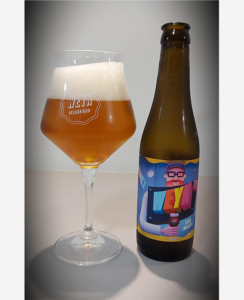 Moreover, Yoann is visiting this December our team alumni Prof. Magda Gregorova, at the Artificial Intelligence at Center for Artificial Intelligence and Robotics (CAIRO), in Würzburg, Germany. Magda is heading the recently established research center, and maintains a collaboration with our group.
Moreover, Yoann is visiting this December our team alumni Prof. Magda Gregorova, at the Artificial Intelligence at Center for Artificial Intelligence and Robotics (CAIRO), in Würzburg, Germany. Magda is heading the recently established research center, and maintains a collaboration with our group.
Lastly, Greg had the pleasure to visit the IDLab of the Univercity of Antwerp for a two day workshop. The opportunity arose as Greg was a jury member for the PhD defense of Thomas Janssen, which was a perfect conversation starter for the two day worskhop were overlapping research interests were discussed. But not only that! Prof. Maarten Weyn was kind enough to share his passion of brewing, introducing his own beer! What at side project!
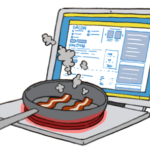 This was, in a glance, the brief summary of our 2022! As in 2019, 2020 and 2021, we took a moment in December to look back in the year's activities and to reflect on the next year, which (SPOILER ALERT) is expected to be even more exciting! We expect our team to grow even more in 2023! Moreover, good things are being cooked in our lab, which we hope to be able to serve in 2023... Stay tuned!
This was, in a glance, the brief summary of our 2022! As in 2019, 2020 and 2021, we took a moment in December to look back in the year's activities and to reflect on the next year, which (SPOILER ALERT) is expected to be even more exciting! We expect our team to grow even more in 2023! Moreover, good things are being cooked in our lab, which we hope to be able to serve in 2023... Stay tuned!
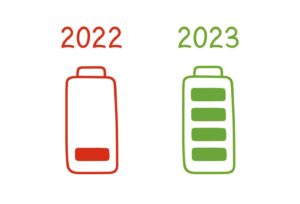
Best wishes for a loving and creative new year!
